How do you pair your breeders? – Part One
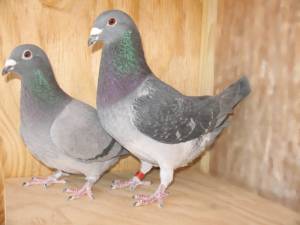 Fanciers start looking back at their old and young bird racing seasons in November and start to look at bringing in new birds to their lofts. If they didn’t do well in the short races, they’re going to be looking for speed birds. If the long races were a problem, they’ll be searching for distance birds. You can investigate, search out good birds, buy them at live auctions where you can see them and handle them, or through online auctions which are becoming quite popular. You can do it all right, but remember that luck still plays a big part in getting the right birds to do the job for you.
Fanciers start looking back at their old and young bird racing seasons in November and start to look at bringing in new birds to their lofts. If they didn’t do well in the short races, they’re going to be looking for speed birds. If the long races were a problem, they’ll be searching for distance birds. You can investigate, search out good birds, buy them at live auctions where you can see them and handle them, or through online auctions which are becoming quite popular. You can do it all right, but remember that luck still plays a big part in getting the right birds to do the job for you.
One of the things that I’ve found to be the most successful is to get youngsters from very successful pairs. Highly successful pairs have proven that their gene combinations work, and will continue to work past the first generation behind them. I like to find pairs that are super successful, the more successful the better. The more pigeons that have come out of a pair and raced well, the better I like it.
As far as pairing the birds is concerned, I like to breed birds of the same type, unless I see that there’s a deficiency in a certain type. For example, if I am working with a short distance family that is becoming incapable of clocking at anything beyond 150 miles, or only on easy races, I feel that a deficiency has developed that needs to be addressed. In the U.S. this is not really good enough, because we fly a regimen that includes 350-mile to 400-mile races in young birds. In some combines, you don’t even start combine competition until you get to a distance of 150 to 200 miles.
You can improve that distance performance in a short distance family by bringing in a little bit of distance blood. And you can do this without necessarily sacrificing the speed. You’d bring in a distance bird whose family has proven it can also win at some of the shorter and faster races. Breed that bird into the speed family, and race the youngsters thoroughly. Then breed one of the best of these youngsters back to the speed family.
You can also go about this the other way, breeding speed into a distance family. Breed that cross back into to the distance family to introduce a bit of speed. One of the best known lofts that has done this successfully was the VanHee lofts. The Motta line of distance birds were found to be getting too slow for the races in Europe, so they bought direct Janssen pigeons. They introduced the Janssens one time as a cross, and then they took those half Janssen and half VanHee birds and they bred them back to the VanHee side, coming up with a ¾ VanHee, ¼ Janssen bird. They produced many national winners with this combination of bloodlines.
Check out part 2 => How do you pair your breeders? – Part Two
The Leading Online Pigeon Racing and Racing Pigeons Magazine – The Pigeon Insider

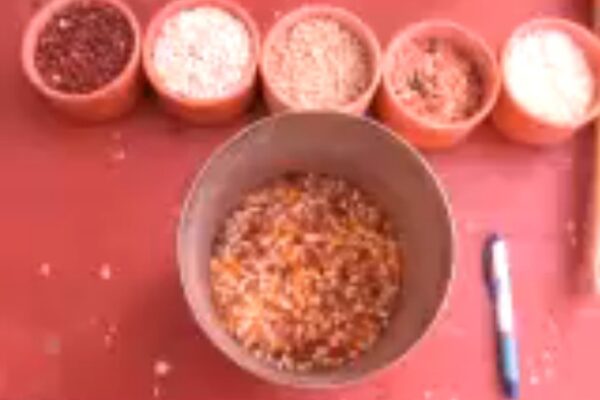

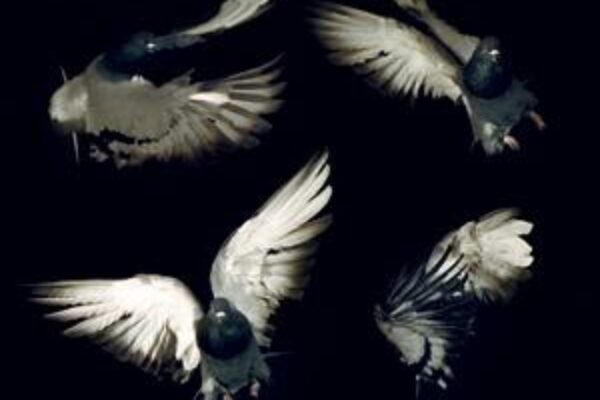
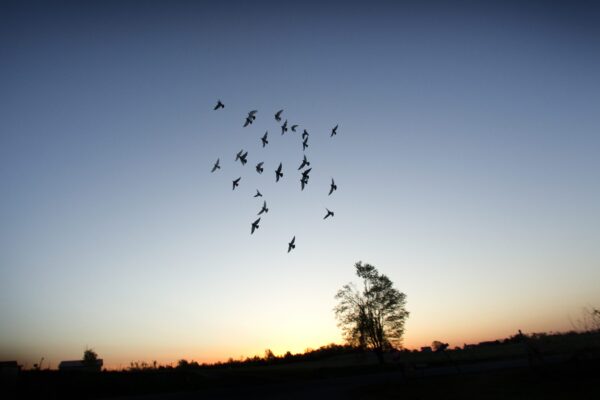

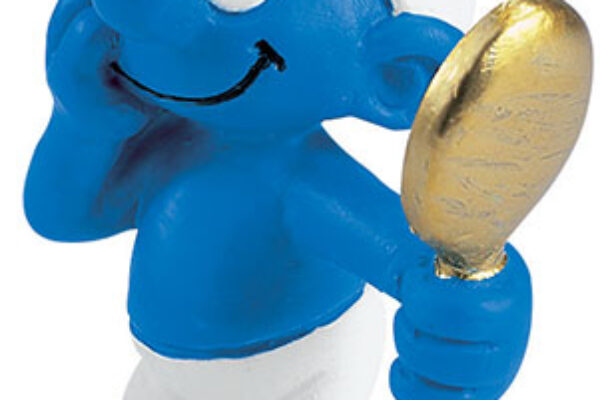


yes! thank you sir, its a great idea and an additional info to the fancier, i love this site because it gives a lot of learning things and ideas about how to make a good pigeonracer in my country… have a succesful racing,..!!!
Thoroughly enjoyed this article-very informative.
Difficulty these days when starting from scratch is where do you start in establishing a family of breeders.I prefer to identify a couple of top lofts buy a few latebreds breed pure, race the offspring and then cross best performers. This can be expensive,is a slow process and you have to put your faith in the successful fancier being above board and totally honest about their methods etc.
Bob
Good Subject … I am Not a racer …. Yet , so I sit and Look at The coloration and Hope that This one pairs up with that one , and this one to that one , But I have no control — I 1st Hope because of the birds attitude and 2nd because of the coloration — as I am Just a Hobbiest for now and I would rather sit and look at some nice looking birds rather than the typical bluebars and bluechecks — If I feel the hen is calm , I hope to see the bit crazy cockbird to mate with her to make the babies somewhere in between crazy and calm — and then hope the coloration is a good combo — Today was my 1st action in the Loft as I only begin 3 months ago — I have 4 Cock Birds and 3 Hens and they all paired up today — My only Bluebar cock got left out — so the next hen i introduce will be a Pied bluebar for this cock bird … Its alot of Fun , By I wish you’s or someone would have some type of chart or something we could check to see what colored Cock birds mated to what colored hens would produce what coloration – as I have NO clue what any of my pairs will produce , Like always – Love The Topic and Thank You , Peace !
Mike, your are wanting to know a subject that is alittle hard for a beginner to learn. I have read Levi s book “The Pigeon” from cover to cover several times and I still dont know evrything…….color breeding to an art and it is confussing….first you need to know if your birds you are mating together are pure for the color they are, that is is that blue pure blue or does he have red ash in his back round…..an white is not always white as white can mask the real color..as a pure for almond cock may show white…..so sometimes color is hard to predict…..you need to know the difference between dominate and recessive and how they affect the breeding. oh and there is auto sexing, that is what color mated together can produce hens of one color and cocks of another. get on the webb and type in color breeding pigeons and see what you get……Look at Ron Huntleys page on color breeding, that may help you……..good luck and have fun with your birds……
Good article. Particularly interested in your comments about van hee and Motta lines. Motta was purchased by Louis Massarella in the UK for a then record price and a lot of good long distance pigeons in the UK came out of Motta I am not an expert in the history of Janssen Bros but I believe they were not solely sprint pigeons. What Van Hee did others do but I dont think they are crossed back in to the base family until the outcross has proven successful
Have a very nice day! I have a concern regarding the performance obtained in the pigeon sport over the years. Year by year, decade by decade fanciers are working hard, pairing the birds according to the science, experience, nose style, etc.Does exist any research with regard to the performance obtained by the birds over the time from Bricoux time(for example) to Dordin time, to…etc up to now on long_ medium_short distances? There is in the same environmental conditions, any difference in performance having in view the known races Barcelona, Poitier, …etc? I have choosed reference from Europe because I know a little bit of it.
Many thanks,
[email protected]
Ican sell you a pair of proven pair of my schofields breed many winners this old bird races flew 8 races won 6 races one2ndone 3rd at 500 mile 8 day birds in combine sent 5 and got 5 with a 11 bird team all yearlings email me [email protected]
thank you for all your info i am still learning about rasing and racing i have not started yet.were do you recomend getting a pair of birds, i live in dunkirk ny.thanks for all your help.justo
I’ve meet several breeder in our town, but most of their advice doesn’t gives me good results that’s why all my birds are not racing well. Thank you for sending me the breeding and pairing techniques as well as the design of the loft. I love it very much. Thank You and MABUHAY!!!!!
thank you for this advice. im so lucky that i registered in this site. now i know how to breed a good racer.
i have pigeons in pakistan one of my pigeon’s back bone is fractured thats why she cant give eggs. is that problem curable or not.plz give me the answer that was on of my favorite pigeon.thnks